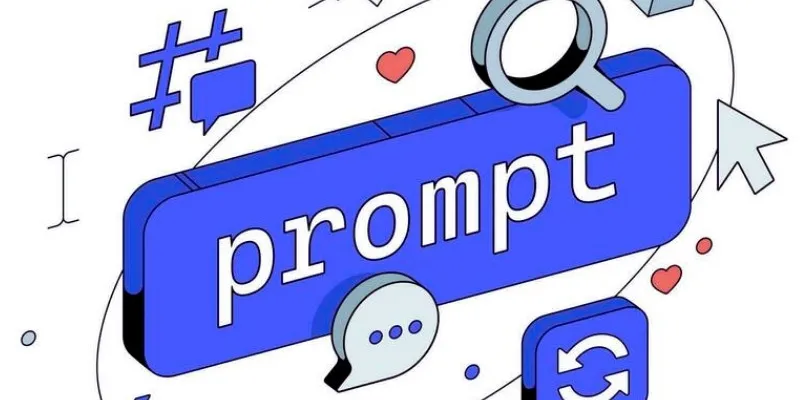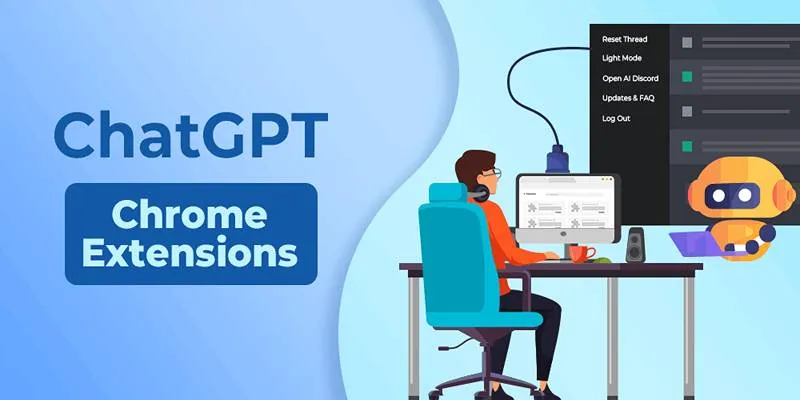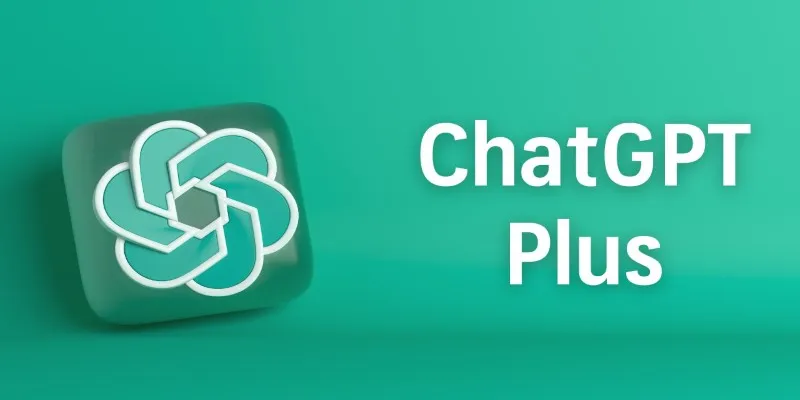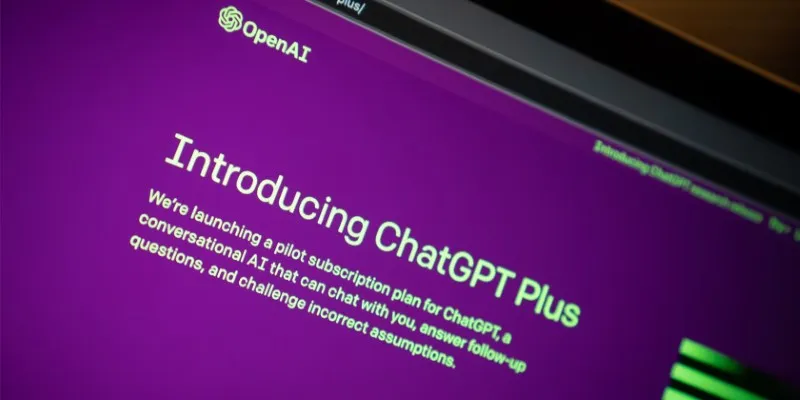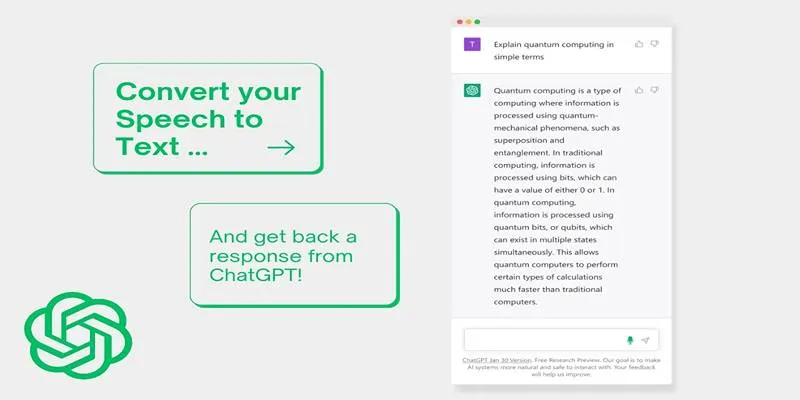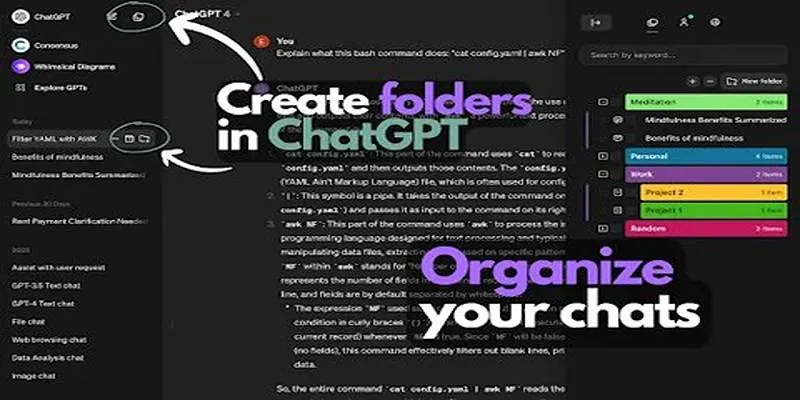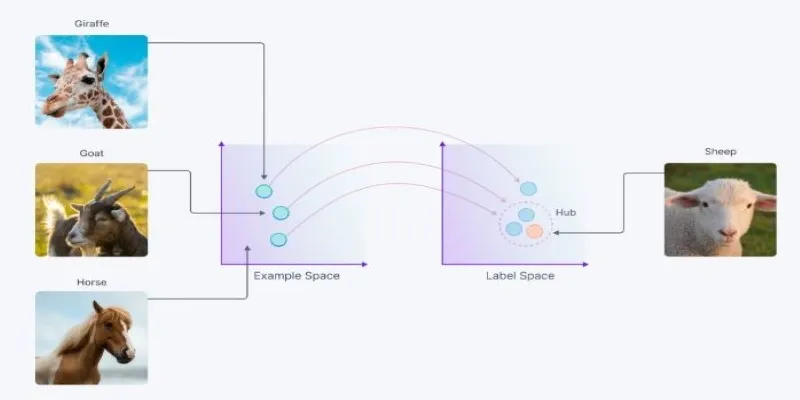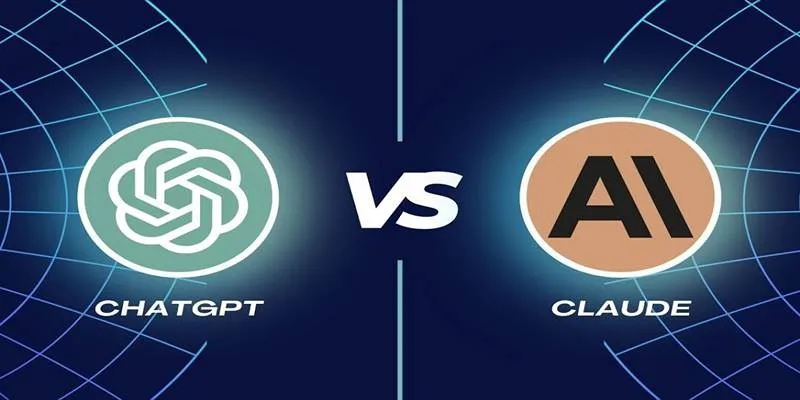If you’ve ever typed something into ChatGPT and stared at the response thinking, “That’s not what I meant,” you’re not alone. The way you ask matters more than most people think. Learning to write better prompts doesn’t just improve results—it saves time, reduces back-and-forth, and actually makes the tool more useful. And the good news? You don’t need a paid course or technical background. Below are ten completely free resources that can help you get the hang of prompt engineering in a way that feels natural and practical.
Top 10 Free ChatGPT Prompt Engineering Courses and Resources
1. Learn Prompting (learnprompting.org)
This site keeps things clean and straight to the point. It breaks down prompt engineering into short, readable lessons that move in a logical order. You’ll start with the basics—what prompts are and how language models interpret input—and then work your way into more layered ideas like zero-shot vs. few- shot prompting. Each section includes a real example you can test right away. It’s the kind of resource you can scroll through during a coffee break and still walk away with something useful. No filler, just usable info.
2. Prompt Engineering Guide (GitHub by DAIR.AI)
If you like things organized, this GitHub repo has your name on it. It’s not flashy, but it’s dense—in a good way. Each part covers a different angle, from prompt design strategies to research papers that explain what’s happening behind the scenes. You won’t find step-by-step walkthroughs here, but you will get a clear view of how prompt engineering fits into bigger tasks like retrieval and summarization. It’s especially helpful once you’ve gotten past the basics and want to dig a bit deeper without needing to code.
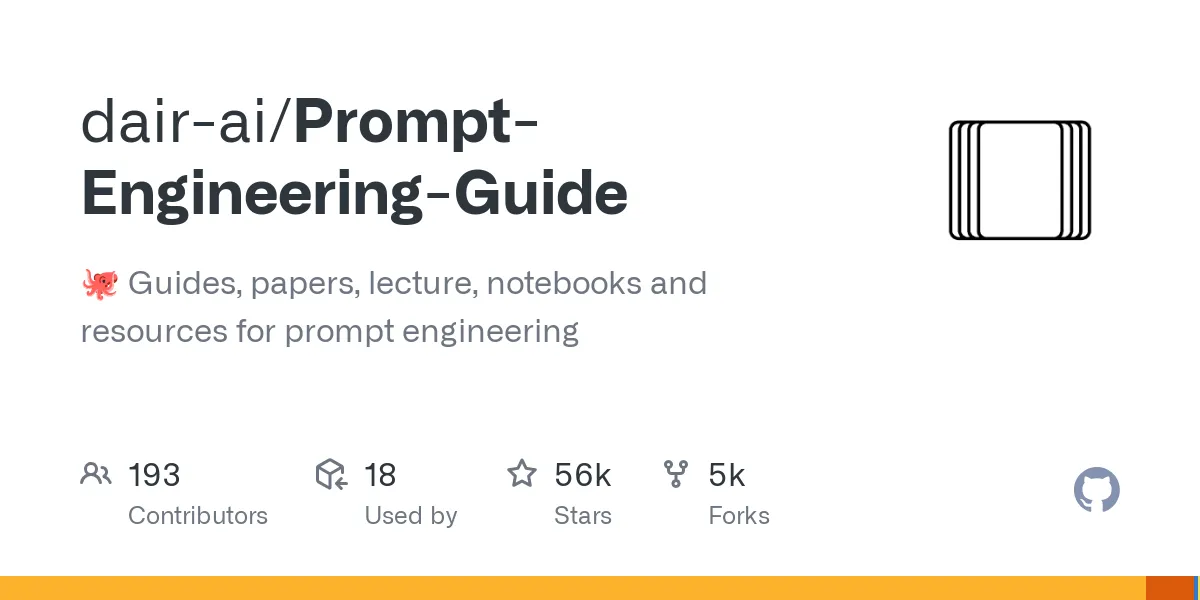
3. DeepLearning.AI’s Prompt Engineering Course
Offered in partnership with OpenAI, this short course is video-based and surprisingly beginner-friendly. The instructors talk you through prompt structures and explain how to ask questions in a way that guides the model instead of confusing it. One of the most helpful parts is how they show slight prompt variations and walk you through why some work better than others. If you’re new to using AI tools and want something visual with real-time examples, this is a solid place to start.
4. Prompt Hero’s Prompting Guide
Though Prompt Hero is often used for AI-generated images, they’ve got a useful guide for writing prompts with ChatGPT, too. This one is especially good for creative users—people looking to write stories, brainstorm ideas, or get out of a rut. It shows how tiny changes in phrasing can change the tone or intent of a reply. The site also includes examples that walk the line between practical and imaginative, so you’re not stuck with just technical formats. It feels less like a course and more like a workbook with built-in ideas.
5. OpenPromptBook (openpromptbook.com)
OpenPromptBook reads like a casual manual written by someone who’s figured things out through actual use. It skips the theory and jumps straight into examples—each one clear, labeled, and tested. The authors treat prompts like flexible tools rather than rigid templates. If you’re writing long-form content, building bots, or just trying to make ChatGPT answer you as a human would, this one stands out. You don’t scroll for fluff; you scroll for structure. And it delivers.
6. Greg Kamradt’s YouTube Series
Greg’s videos don’t waste time. They open with a real example, then break it apart to show what worked and what didn’t. He’s one of the few creators who consistently shows both the good and the bad—so you get to learn from mistakes without making them yourself. The way he talks through role prompting, logical reasoning, and multi-step replies makes it feel more like a workshop than a video. If you’re the type who learns better by watching someone else try first, his channel is worth checking out.
7. Awesome ChatGPT Prompts (GitHub Collection)
Instead of walking you through concepts, this one shows you what prompt engineering looks like in action. It’s just a massive list of user-submitted prompts sorted by use case—writing, translation, coding, tutoring, and more. But what makes it useful is the variety. You’ll see how people word their instructions when they want specific types of responses. After trying a few out, you’ll start to see patterns. Even though it’s not a “course,” it teaches you what polished prompts actually look like in the wild.
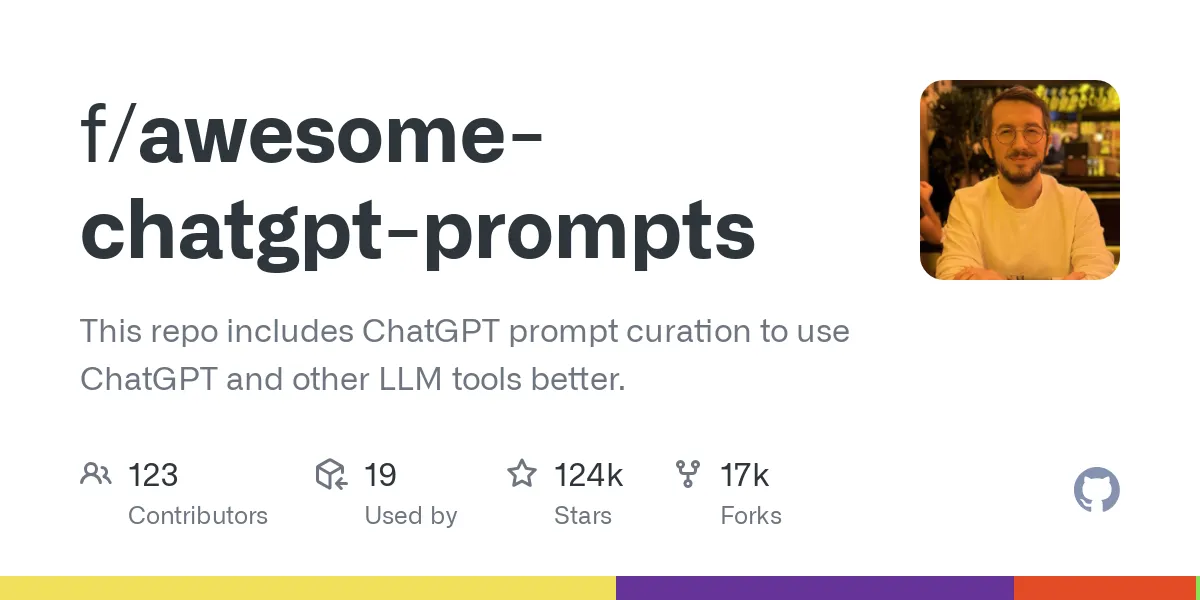
8. Riley Goodside’s Prompt Engineering Substack
Riley doesn’t just write about what works—he shows what failed first and why it failed. His Substack is more like a behind-the-scenes look into how prompt engineers think when they’re trying to solve a specific issue. You won’t find flashy layouts or long introductions. Just detailed experiments, clean language, and a habit of explaining things like you’re in the room with him. If you’ve tried prompts that didn’t quite land and couldn’t figure out why, this is where the lightbulb clicks.
9. DataCamp’s Prompt Engineering Crash Course (YouTube)
This one packs a lot into a short video. The instructor covers prompt tuning, task breakdowns, and role-based prompting in a way that actually feels digestible. You don’t need a background in programming or AI to keep up. And unlike other videos that go too fast or get lost in terminology, this one paces well. You’ll leave with a few strategies you can test right away, which is especially helpful if you’re trying to get ChatGPT to write or plan something step-by-step.
10. OpenAI Cookbook
If you’re more technical or planning to use ChatGPT through the API, the OpenAI Cookbook has answers you won’t find elsewhere. It skips over the basics and dives straight into how to control output length, build system prompts, and handle memory across sessions. While it might be too advanced for casual users, developers and builders will find it sharp and focused. It’s not written like a course, but each snippet teaches something clear, usually in under a minute.
Final Thoughts
You don’t need to learn everything about prompt engineering at once. Try one resource, test what you’ve learned, and then move to the next when you’re ready. The goal isn’t to memorize tricks—it’s to understand what makes the AI respond well. And once that clicks, ChatGPT stops being hit-or-miss and starts becoming something you can actually rely on.
 zfn9
zfn9
